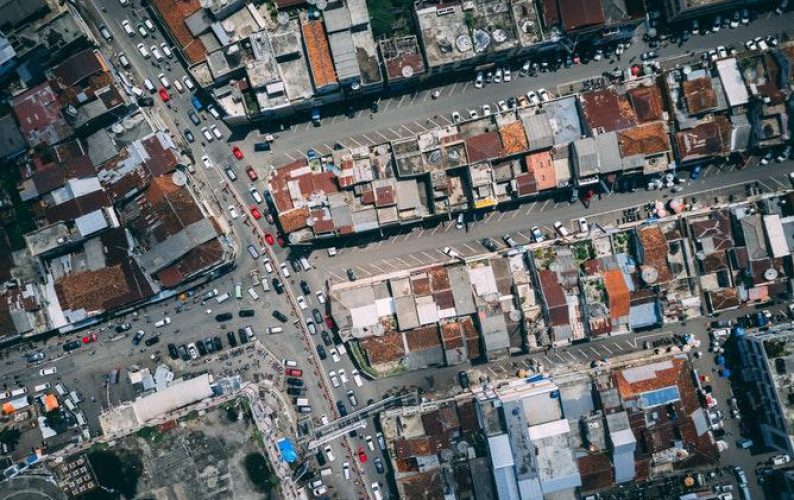The integration of The Internet of Things (IoT) into transport systems has massive implications for cities and businesses alike.
IoT creates a web of interconnectivity that allows for an integration of the physical world into computer based systems. Networks of software, sensors, and actuators allow devices to receive and exchange data, leading to improved efficiency, accuracy, and economic benefit in addition to reduced human intervention. In the case of transport, this web of interconnectivity can potentially solve a large number of problems.
Self-driving cars
As self-driving cars become more and more common, there will be an increased need for these vehicles to be tracked, monitored and, if need be, controlled remotely. IoT presents businesses with this control. Speed, distance, load, and fuel consumption are all trackable and, if possible, changeable with IoT interconnectivity. This has potential benefits for the private use of self-driving cars, commercial transport involving self-driving cars, as well as all vehicle-based elements of a given company’s supply chain.
Smart infrastructure
Within the context of a sprawling urban environment, IoT has many applications. The applications to transport is only a small part of what this technology can do.
With the correct software, drivers can be alerted about potential dangers in the city and be told how to avoid them, all based on data acquired from IoT vehicles and devices. Improvements in congestion and general traffic management are possible with this kind of network. Communication with roadside infrastructures – such as traffic lights, street lights, and parking space sensors – will lead to a more convenient, safe, accessible, and efficient urban environment.
Public transport
An IoT network embedded into a public transport system will benefit users in a number of ways. A network of responsive security cameras as well as sensors that automatically alert service teams to schedule maintenance activities will greatly increase public safety. Additionally, internet access on all public transport will greatly increase customer satisfaction. The data collected from the system – ticket counters, usage rates, personal feedback – can also be used to increase the efficiency and performance of public transport and thereby increase customer satisfaction.




